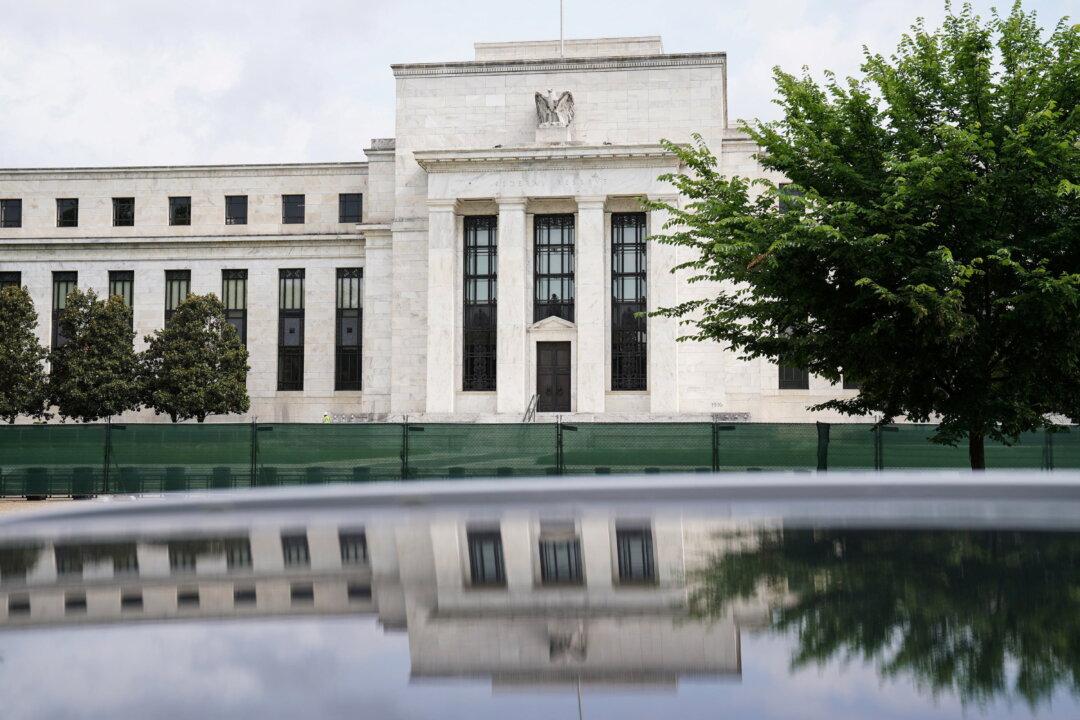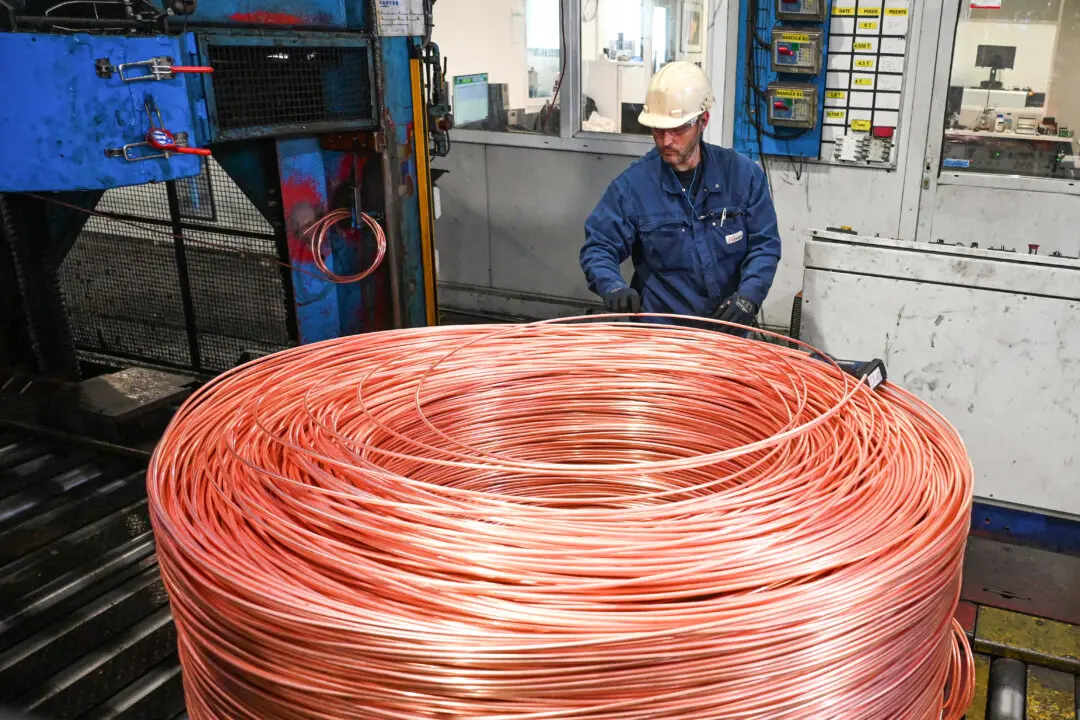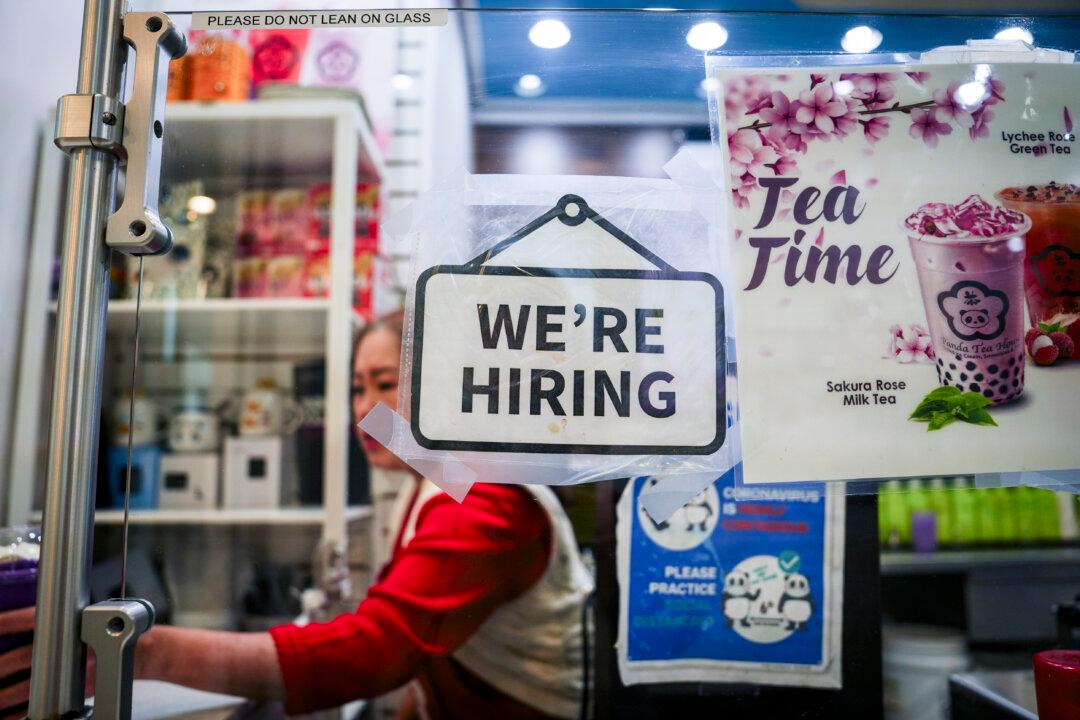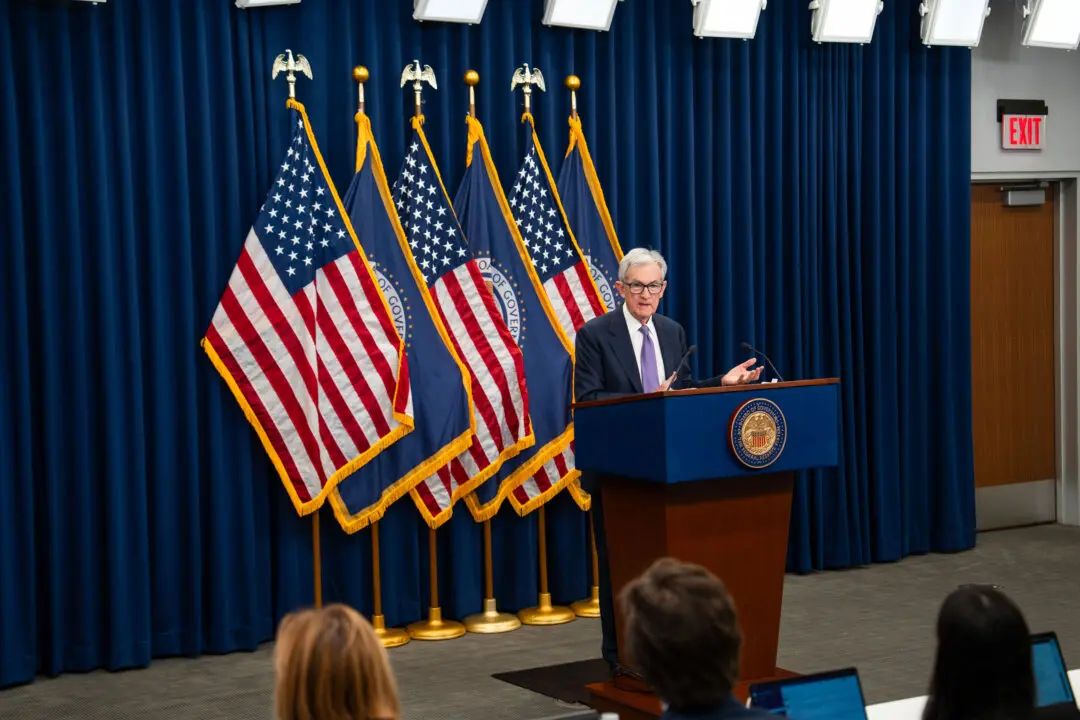The Federal Reserve might adopt a “more restrictive” policy in the future should inflation persist, minutes from the June Federal Open Market Committee (FOMC) policy meeting revealed (pdf).
According to the latest minutes, FOMC participants conceded that there’s a substantial risk of entrenched inflation, with the inflation outlook deteriorating. This, officials argued, required a three-quarter-point rate increase.





